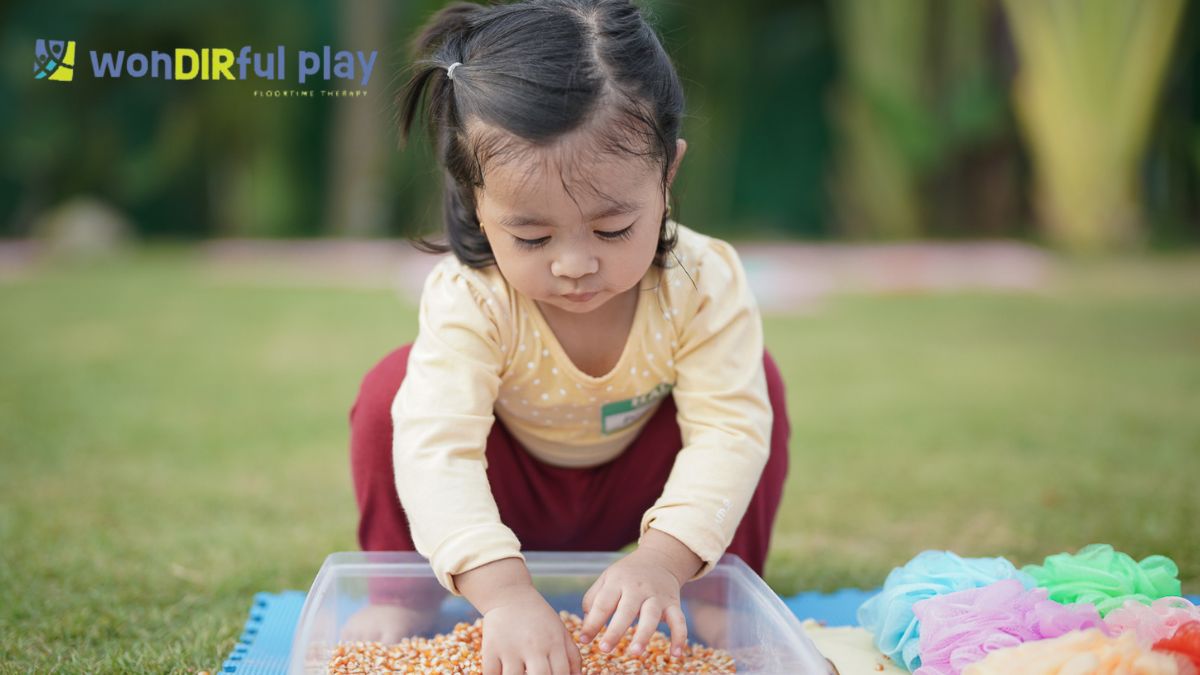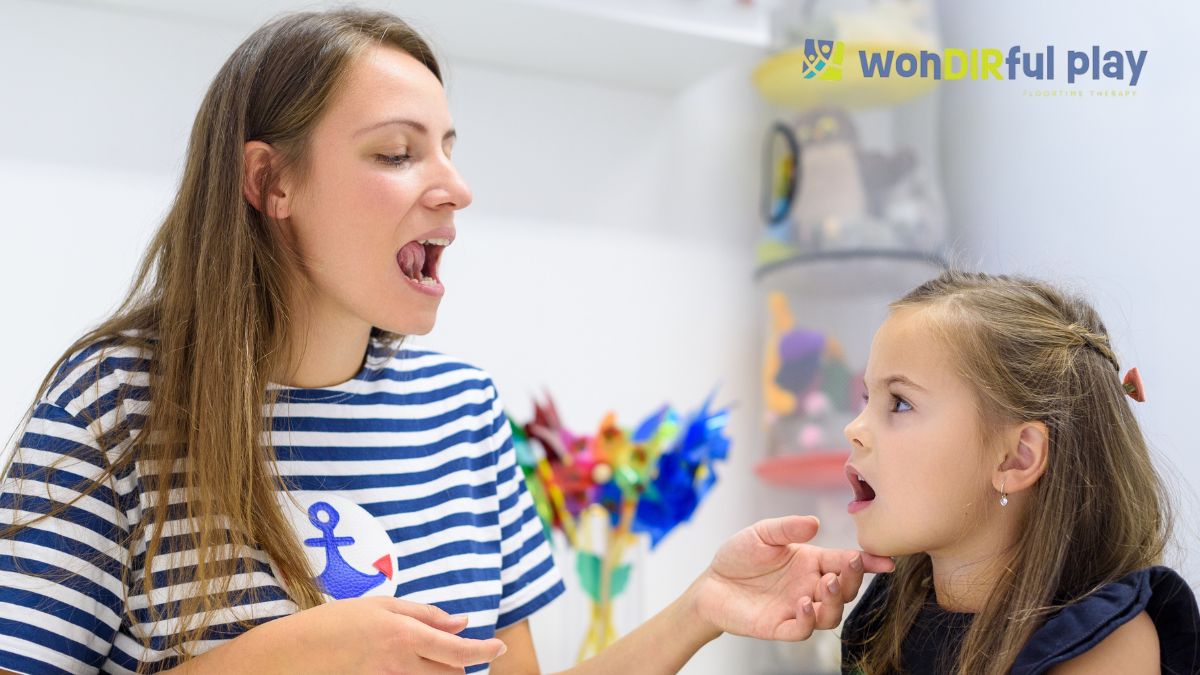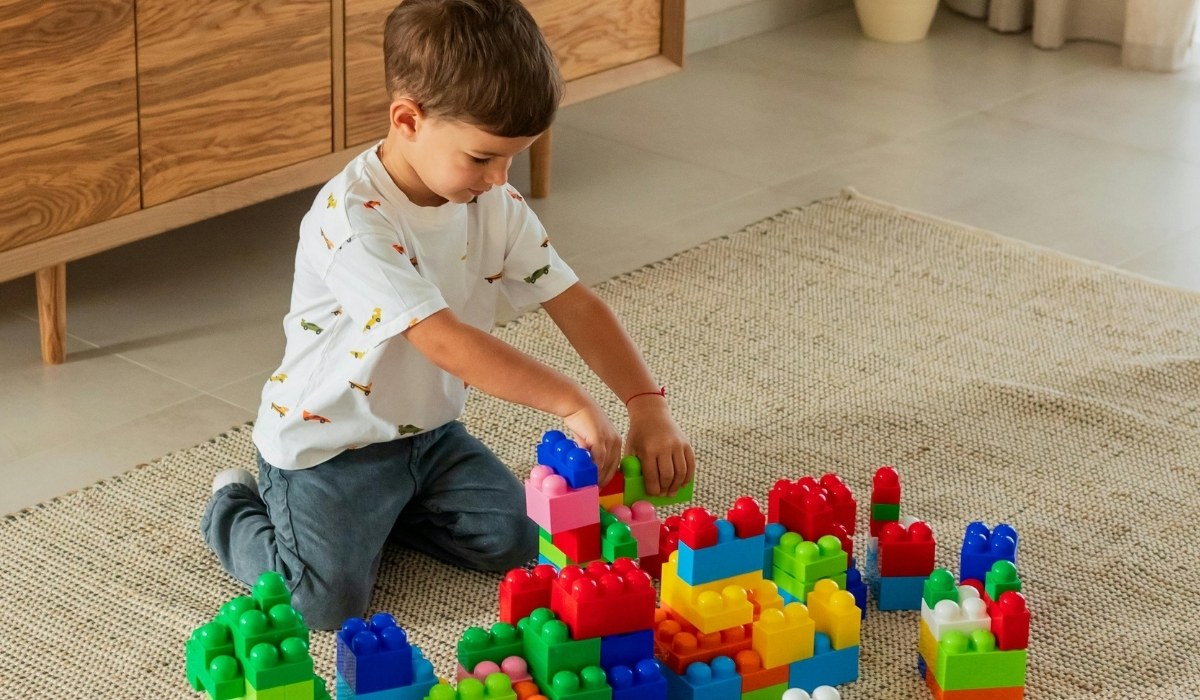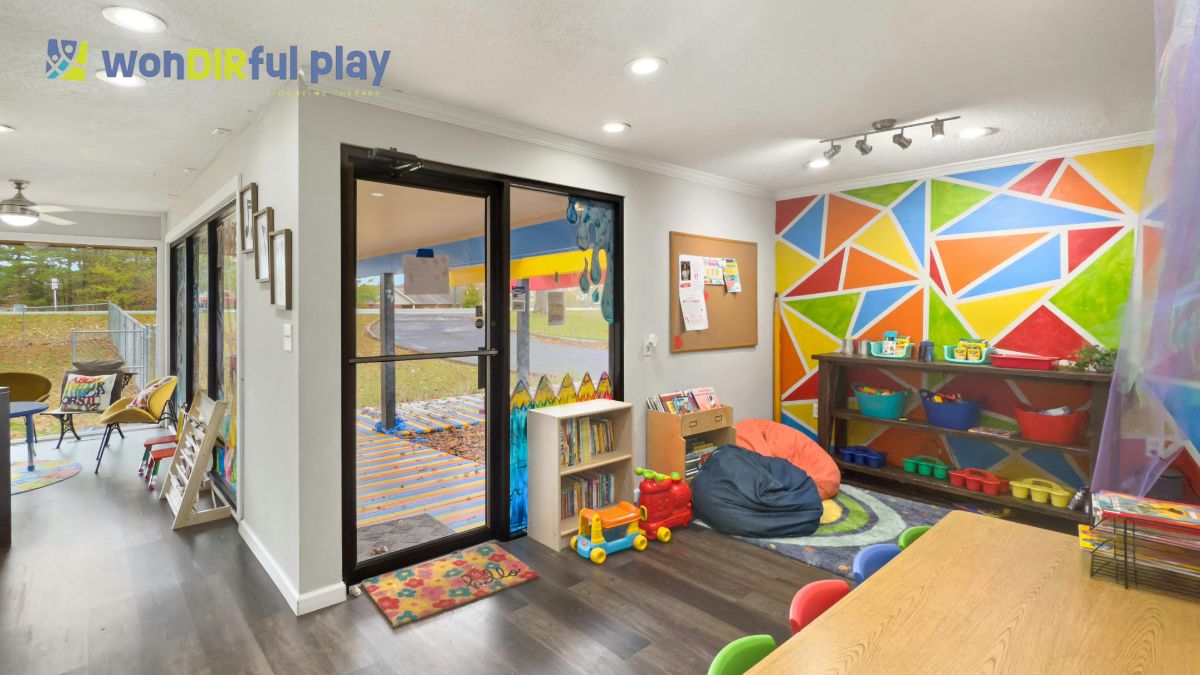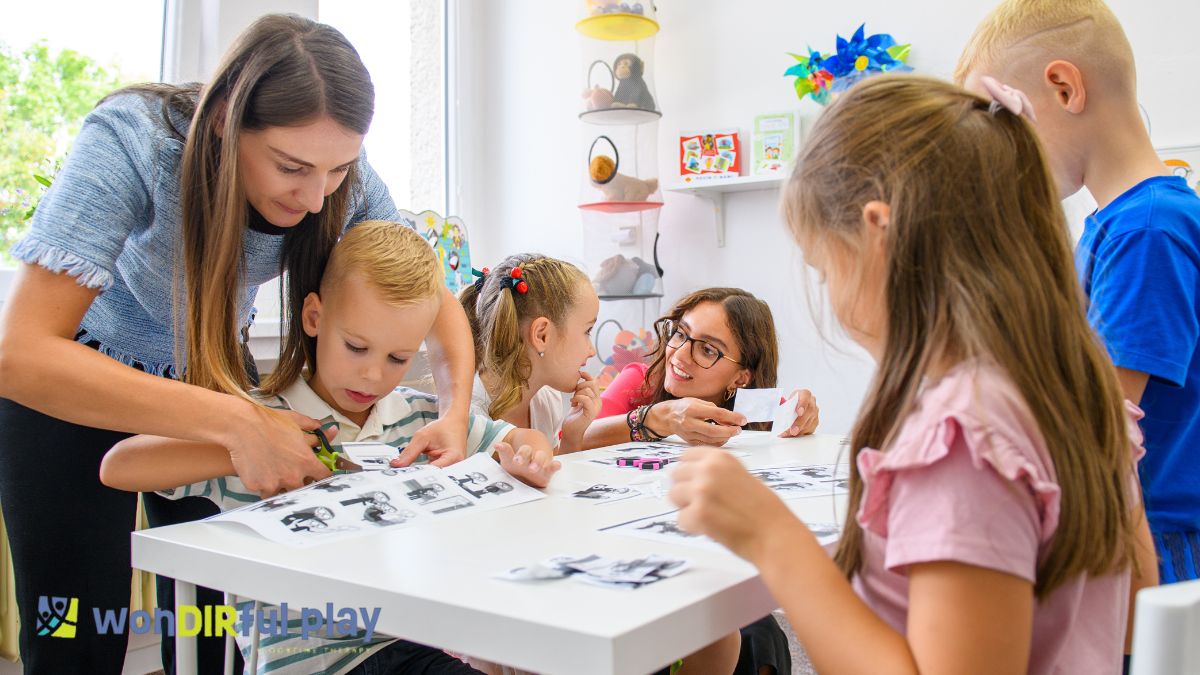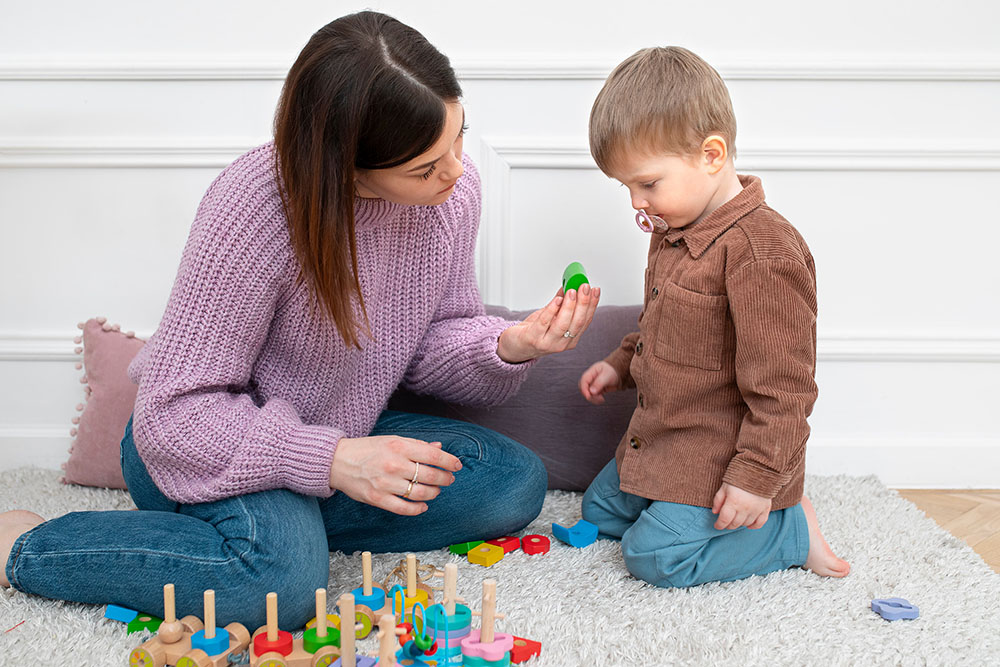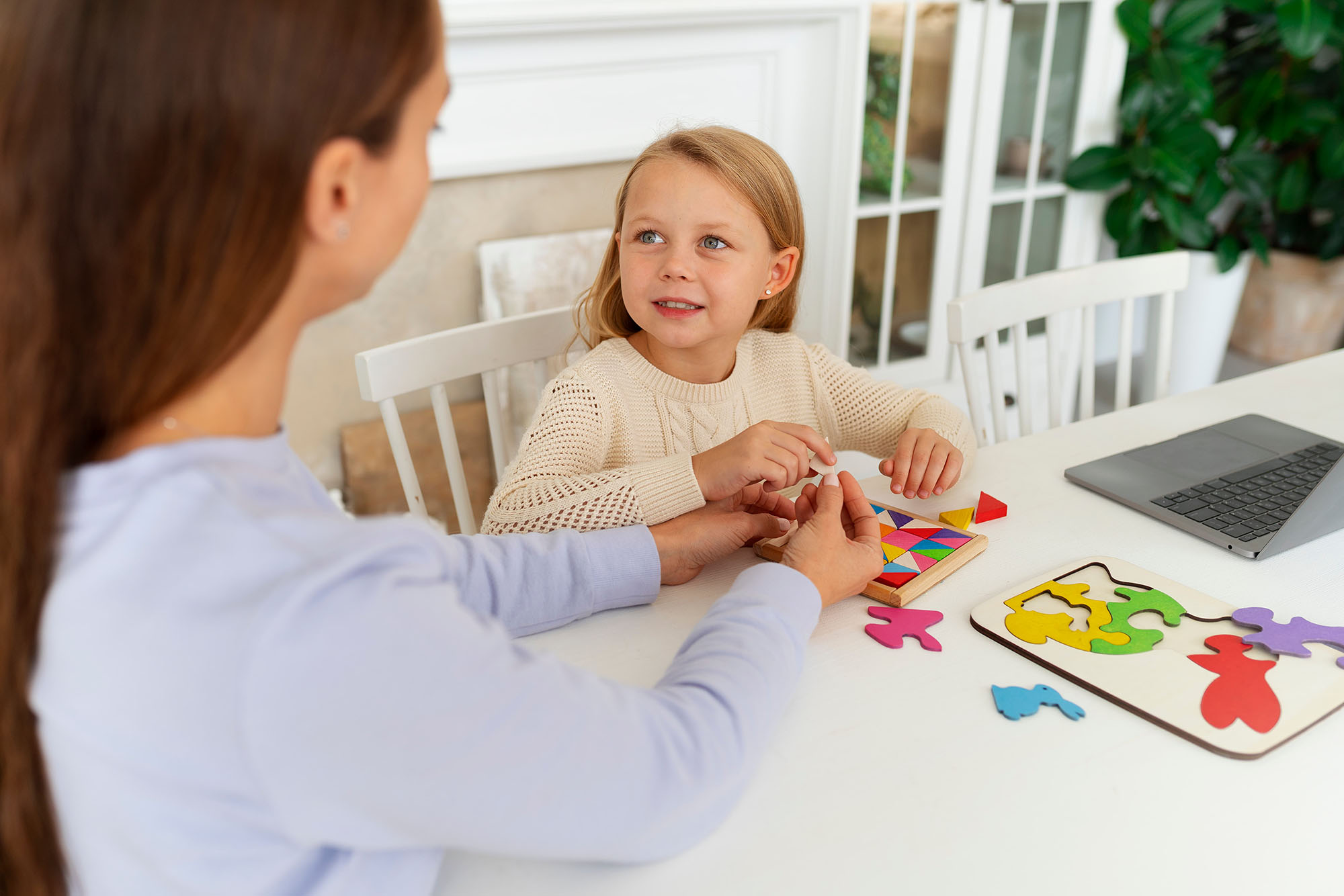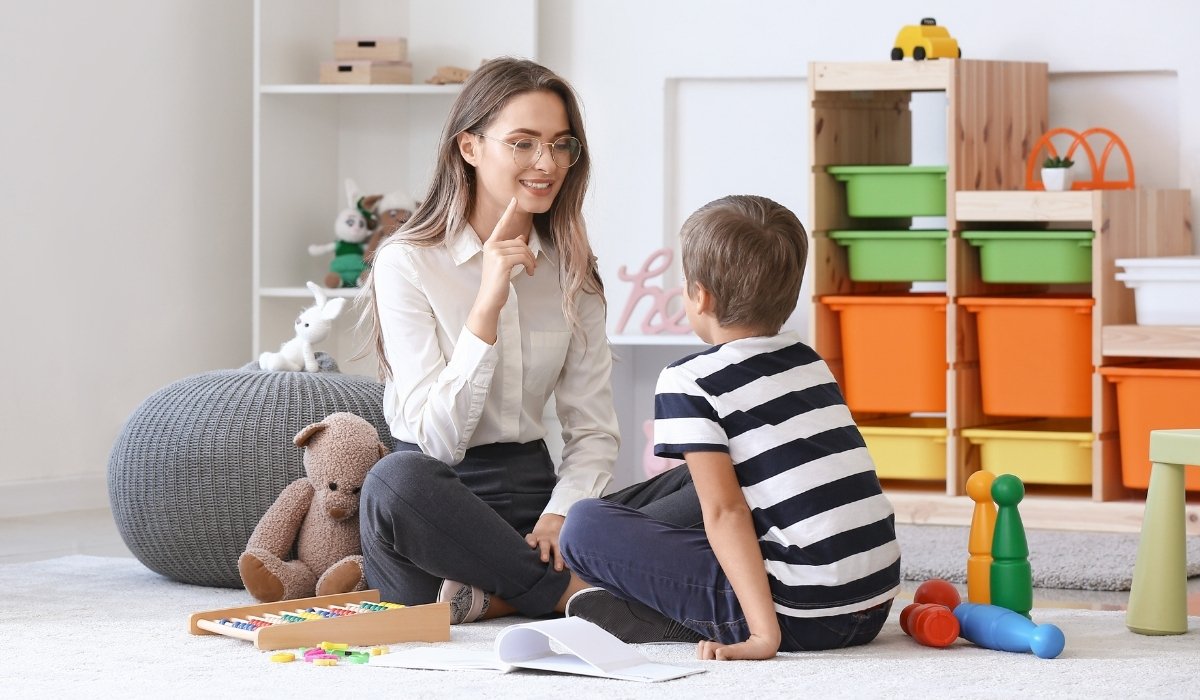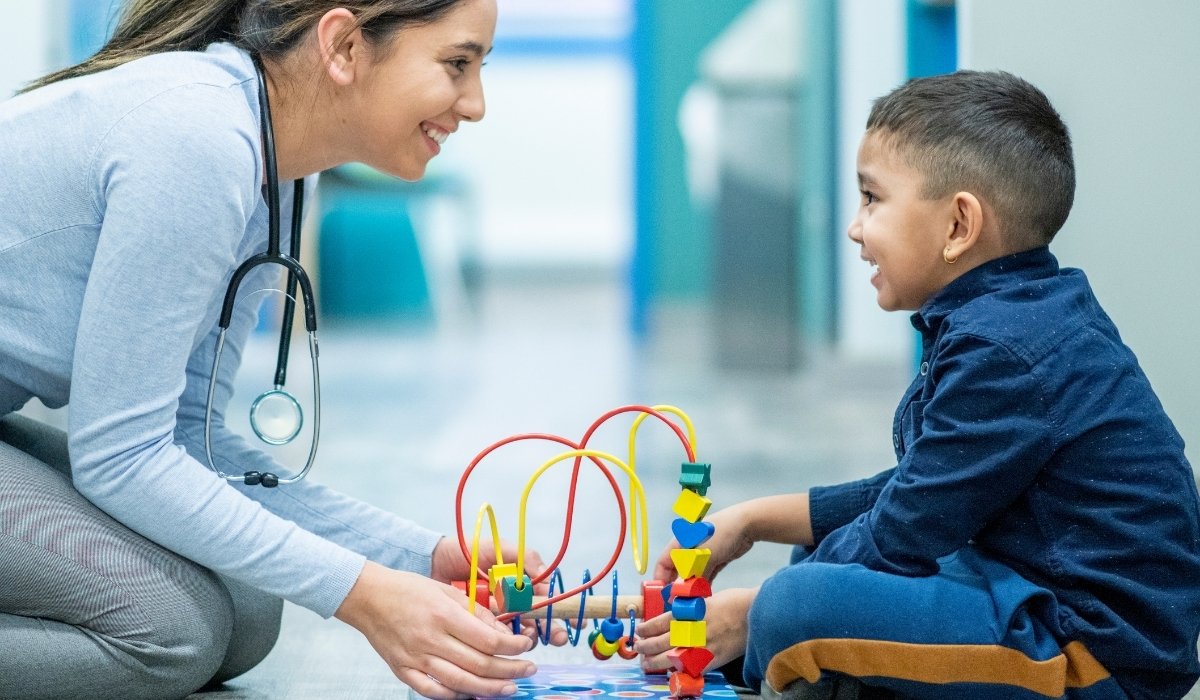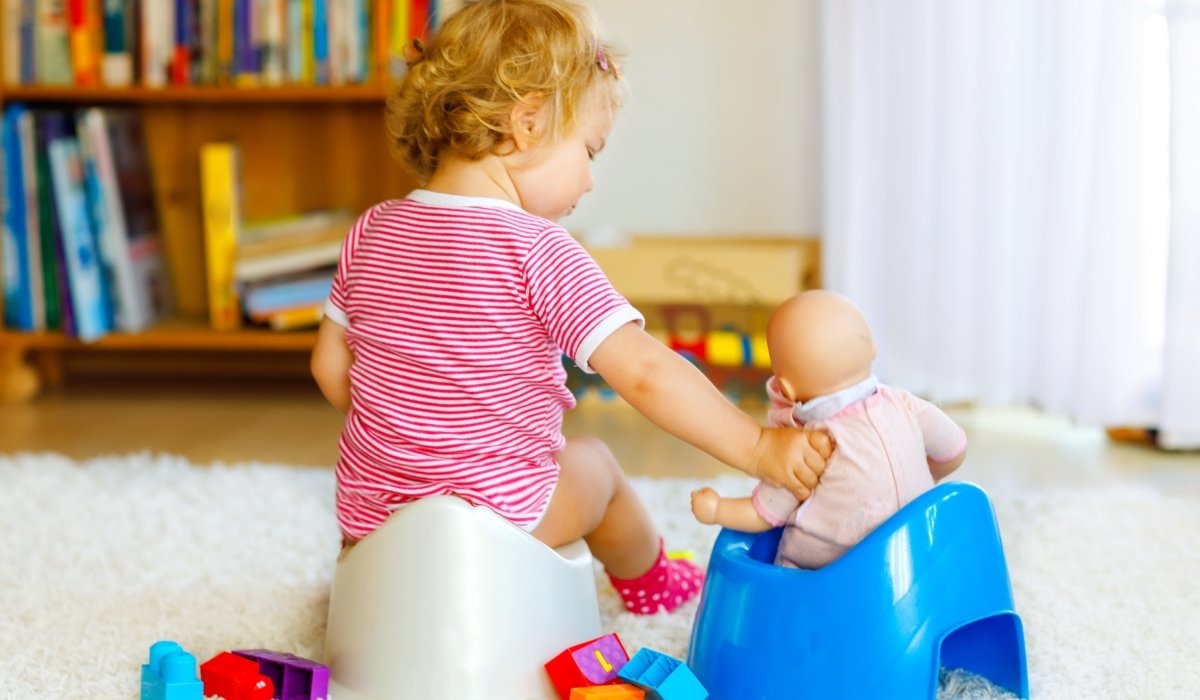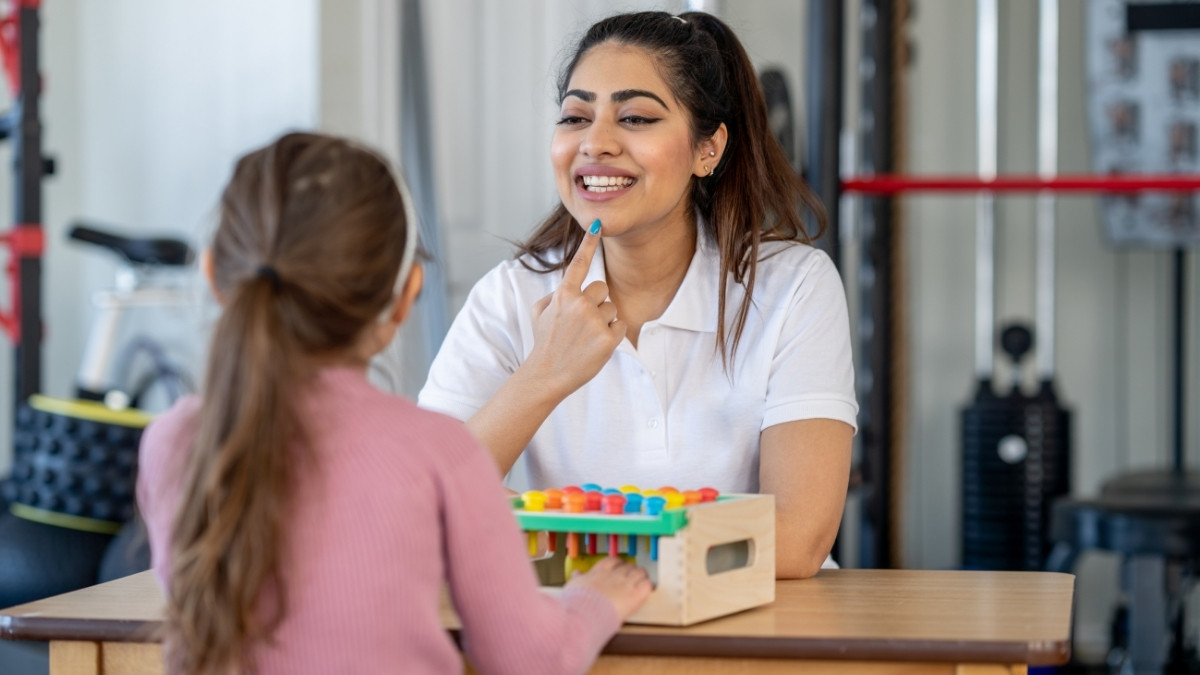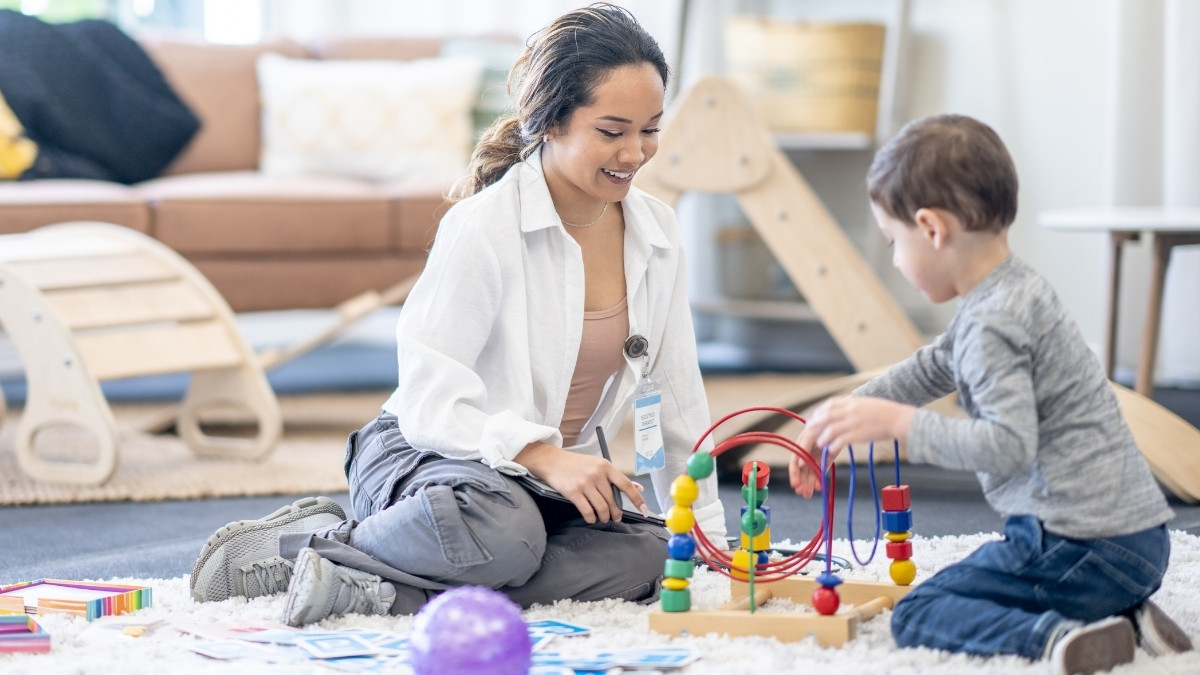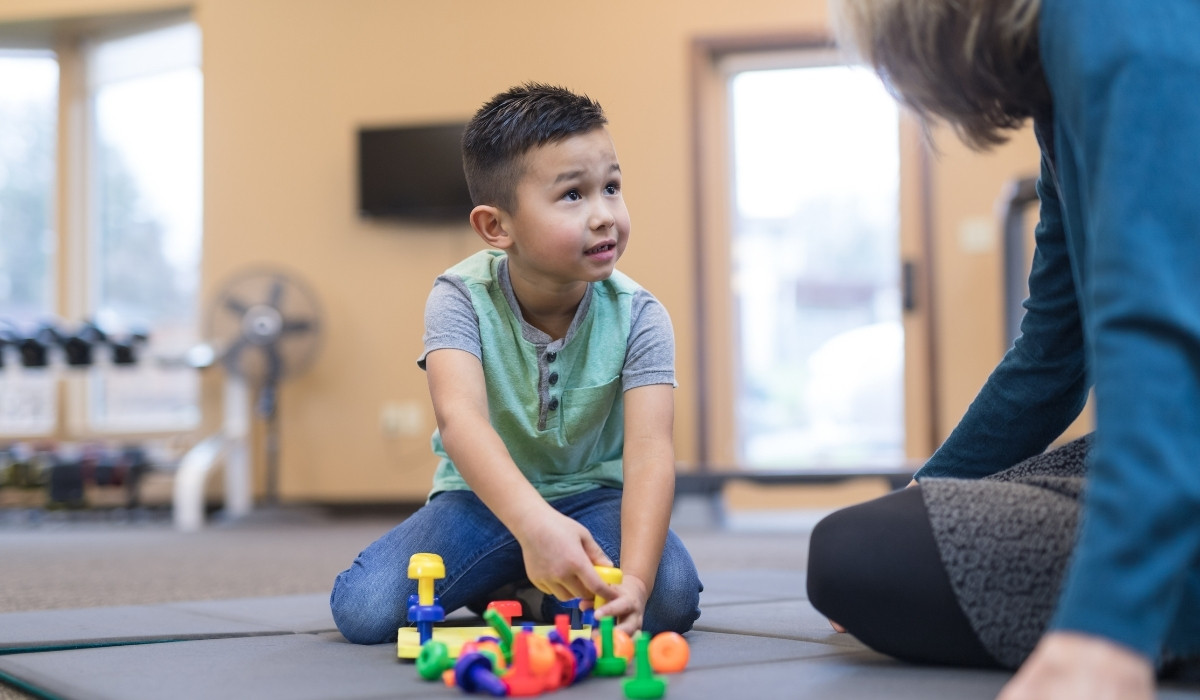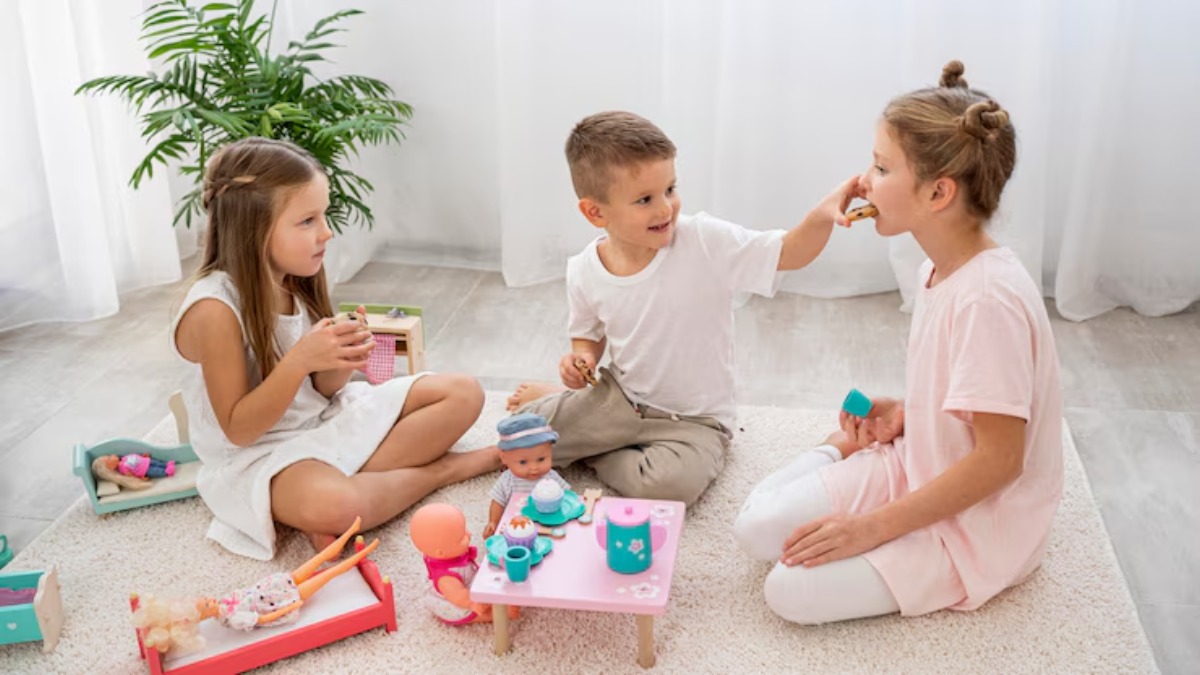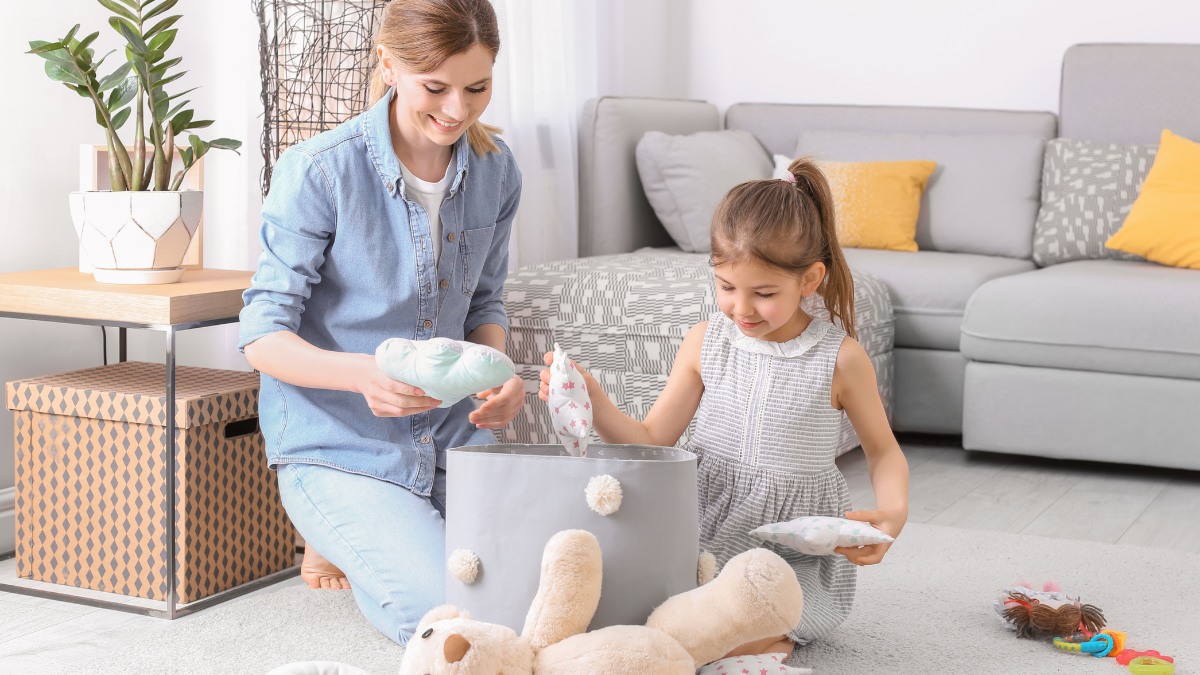Why Following Your Child’s Lead is the Heart of DIR Floortime
August 4, 2025
Following a child’s lead in DIR Floortime builds connection and trust—discover how child-led moments create emotional growth and real communication.
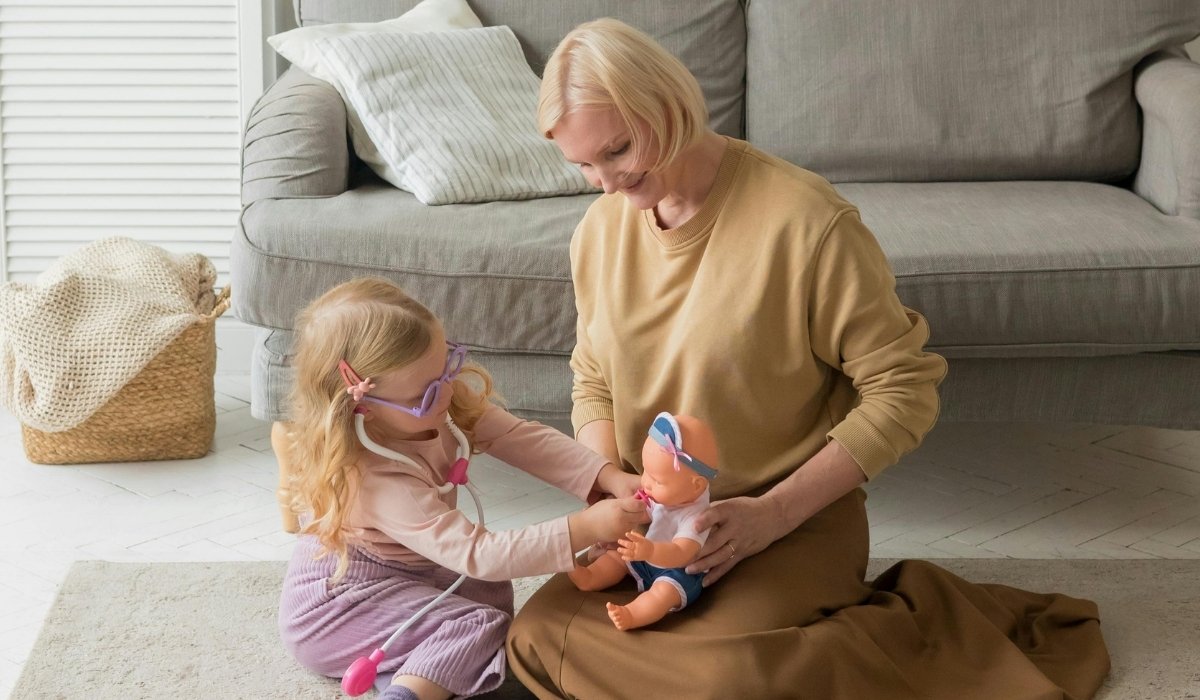
Key Points:
- Following a child’s lead in DIR Floortime unlocks engagement, connection, and developmental growth.
- It helps children feel safe and understood, paving the way for emotional and cognitive progress.
- Caregivers can support this approach through observation, patience, and intentional interaction.
DIR Floortime isn’t just about playing with your child—it’s about entering their world and guiding them toward developmental milestones in a way that feels safe, natural, and deeply respectful. At the core of this model lies a powerful concept: following your child’s lead. Rather than imposing adult-led agendas, parents and therapists are encouraged to observe, wait, and respond to what genuinely interests the child. This approach doesn’t just build trust—it opens the door to meaningful progress in emotional regulation, communication, and social interaction.
Understanding what it truly means to follow a child’s lead is essential before you can implement it meaningfully during play and interaction. It’s more than just letting a child do what they want—it’s about tuning in with intention, respecting their inner world, and using that connection as the launchpad for growth.
So, what does it actually look like in practice? Let’s explore what following a child’s lead in DIR Floortime really means—and why it’s such a powerful tool for supporting development.
What Does Following a Child’s Lead in DIR Floortime Really Mean?
Following a child’s lead in DIR Floortime means recognizing the child’s unique cues, interests, and intentions—and using those as the starting point for developmental growth. Instead of directing the child, caregivers attune themselves to what the child is already doing, then join in and gently build from there.
This strategy isn’t passive. It’s an active form of observation and engagement that allows the adult to enter the child’s world without disrupting their sense of autonomy. When a child stacks blocks, twirls a string, or stares at a spinning object, the adult doesn’t interrupt or redirect right away. Instead, they respond by showing curiosity, matching affect, and eventually introducing back-and-forth interaction that respects the child’s rhythm.
By doing this, adults can:
- Promote emotional safety and trust.
- Increase shared attention and two-way communication.
- Scaffold complex play and social engagement over time.
Why Child-Led Interaction Matters in DIR Floortime
Following a child’s lead is not just a stylistic choice—it’s a foundational part of how DIR Floortime fosters developmental progress. Many children on the autism spectrum, for example, may struggle with sensory regulation, joint attention, and symbolic thinking. Traditional adult-led methods can quickly overwhelm or disengage them.
When caregivers follow a child’s lead, it gives the child:
- Control: Which helps with self-regulation and decreases anxiety.
- Validation: Making the child feel understood and seen.
- Comfort: Reducing resistance to engagement and new challenges.
This creates an ideal environment for “circles of communication”—a key concept in DIR where the adult and child engage in a continuous loop of emotional signaling and responding. The more circles completed, the more opportunities for the brain to wire critical developmental functions such as problem-solving, empathy, and communication.
Let’s take a closer look at how this plays out:
- A child who lines up cars repetitively may seem unreachable. But a caregiver who sits down, lines up their own cars, and adds sound effects might suddenly get a glance, a smile, or even a shared laugh.
- A toddler obsessed with spinning lids might invite engagement when an adult spins a matching lid and makes an exaggerated face or sound. That’s the start of a back-and-forth.
Rather than “fixing” the behavior, the adult is using it to connect. That connection is the doorway to growth.
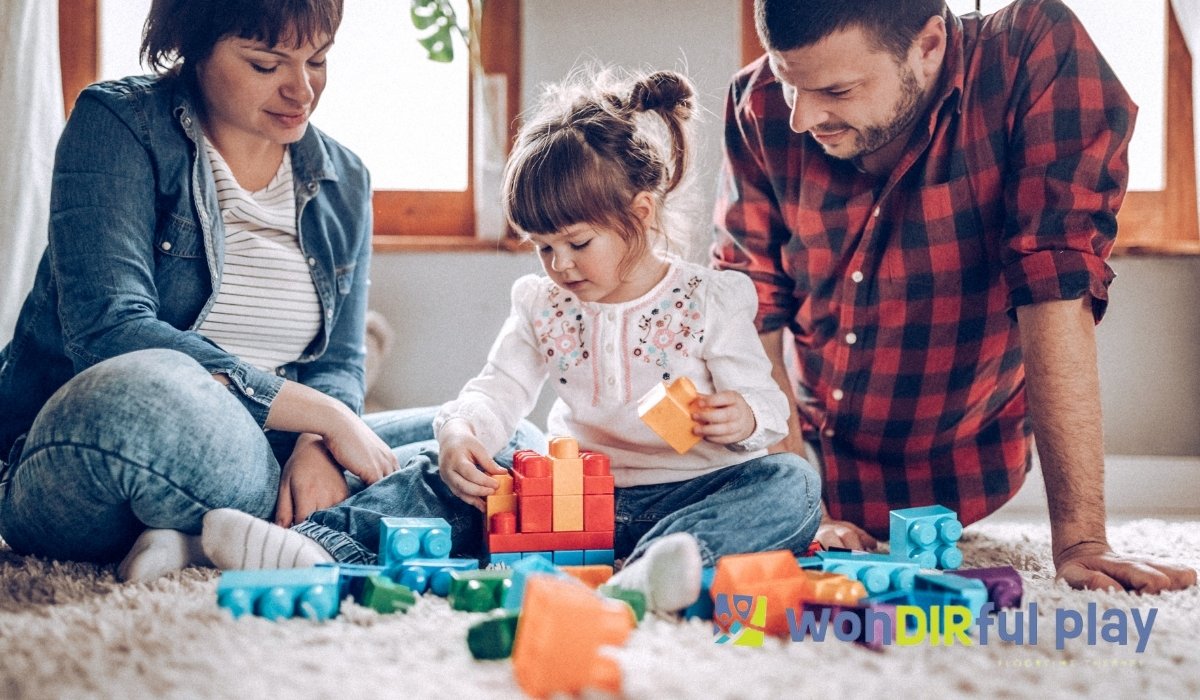
4 Signs You’re Successfully Following Your Child’s Lead
Learning to follow a child’s lead in DIR Floortime takes practice. It involves slowing down, watching carefully, and responding intuitively rather than controlling the flow of play. Here are several signs that you're on the right track:
1. The Child Stays in the Interaction Longer
If the child begins to extend their play or continue engaging with you without prompting, that’s a strong indicator they feel safe and interested.
2. There’s Shared Affect
Look for shared smiles, laughter, or even a pause where the child looks at you to “see” your reaction. This emotional sharing is critical for building connection.
3. You See Back-and-Forth Communication
Whether it's through gestures, eye contact, or verbal exchange, the presence of reciprocal interactions suggests you’re entering their world effectively.
4. The Child Initiates More Often
When you follow their lead consistently, children start to initiate more interactions themselves. This is a major step in self-expression and autonomy.
5 Strategies for Following a Child’s Lead Effectively
Even well-meaning adults can accidentally dominate play by asking too many questions or directing the child toward their own goals. The key is to balance responsiveness with intention. Here's how:
After observing what your child is naturally drawn to, try the following:
1. Match Their Actions
If your child is lining up blocks, you can do the same beside them. This sends a message: “I see you, and I want to be where you are.”
2. Use Affect to Invite Interaction
Add sound effects, facial expressions, or pretend scenarios that build on what they’re doing. Keep it low-pressure and watch their response.
3. Wait and Watch
Give the child enough time to process and respond. Don’t rush in with suggestions or corrections. Pausing lets the child remain in control.
4. Expand Naturally
Once you’ve joined the activity, slowly introduce a twist that invites problem-solving or shared attention. For example, if a child is feeding a doll, you might bring in a second doll who is “hungry too.”
5. Respect All Communication
Whether your child communicates through gestures, facial expressions, or verbal language, treat every cue as meaningful and worthy of response.
These strategies help you become a partner rather than a director. And that shift makes all the difference in developmental momentum.
4 Benefits of Child-Led DIR Floortime Across Developmental Areas
Following a child’s lead isn’t just a way to make play more enjoyable. It directly supports core developmental capacities identified in the DIR model, including:
Emotional Regulation
Children are more likely to regulate their emotions when they feel safe and in control. By responding to their cues rather than overriding them, we build a calm, regulated state from which growth can occur.
Engagement and Shared Attention
True engagement happens when a child feels the adult is truly “with” them. Following their lead fosters the deep connection necessary for joint attention and meaningful learning.
Communication Skills
Even preverbal children can begin to understand the basics of dialogue through emotionally attuned, child-led interaction. It lays the groundwork for expressive and receptive language development.
Logical Thinking and Problem Solving
When a caregiver builds on the child’s play rather than redirecting it, they can gradually introduce scenarios that encourage sequencing, cause-effect understanding, and symbolic representation.
Common Misconceptions About Following the Child’s Lead
Despite its effectiveness, some parents worry that letting a child lead means letting them do whatever they want. That’s not the case. DIR Floortime still involves guiding children toward developmental goals—but the how is different.
Here are a few myths to clear up:
- “It’s not structured.” In reality, DIR sessions are carefully structured around the child’s developmental stage, but within the context of spontaneous interaction.
- “I have to just copy them.” You start by copying, but the goal is to build interaction and complexity over time.
- “They won’t learn anything.” On the contrary, following the child’s lead creates the emotional safety required for learning to take place.
Understanding these nuances helps caregivers feel more confident using this method day to day.
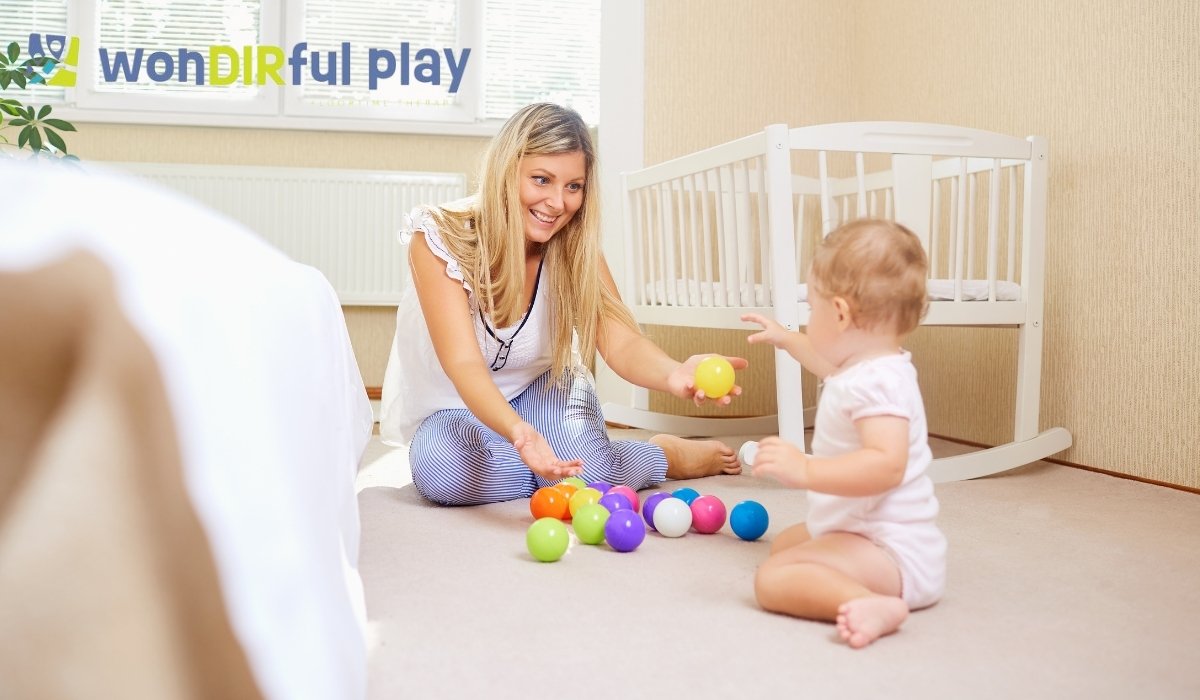
How to Support This Approach at Home
Parents and caregivers don’t need to be experts to make a difference. Simple shifts in how you observe, respond, and engage can support the principles of DIR Floortime in everyday life.
Try incorporating these habits:
- Observe before you act: Take a moment to watch what your child is doing before jumping in.
- Follow their rhythm: Match your energy level and pacing to theirs.
- Focus on connection over correction: Even if the child is doing something unexpected, look for ways to connect rather than redirect.
- Celebrate small moments: A look, a smile, or a shared giggle all count as progress in DIR.
These small choices accumulate, building a foundation for deeper engagement and developmental growth over time.
Support Development the DIR Way in New Jersey
If you’re ready to deepen your connection with your child and support their developmental journey using the DIR model, WonDIRfulPlay offers specialized DIR Floortime services in New Jersey. Our team focuses on following a child’s lead in DIR Floortime as the foundation for all therapy—building trust, sparking curiosity, and unlocking communication one moment at a time.
We understand how overwhelming parenting can feel when you’re unsure how to support your child’s unique needs. At WonDIRfulPlay, we meet families where they are, using relationship-based play to support progress across emotional, sensory, and cognitive domains.
Start your DIR journey today. Contact us to learn how you can bring the power of child-led DIR Floortime therapy into your home.
Recent articles




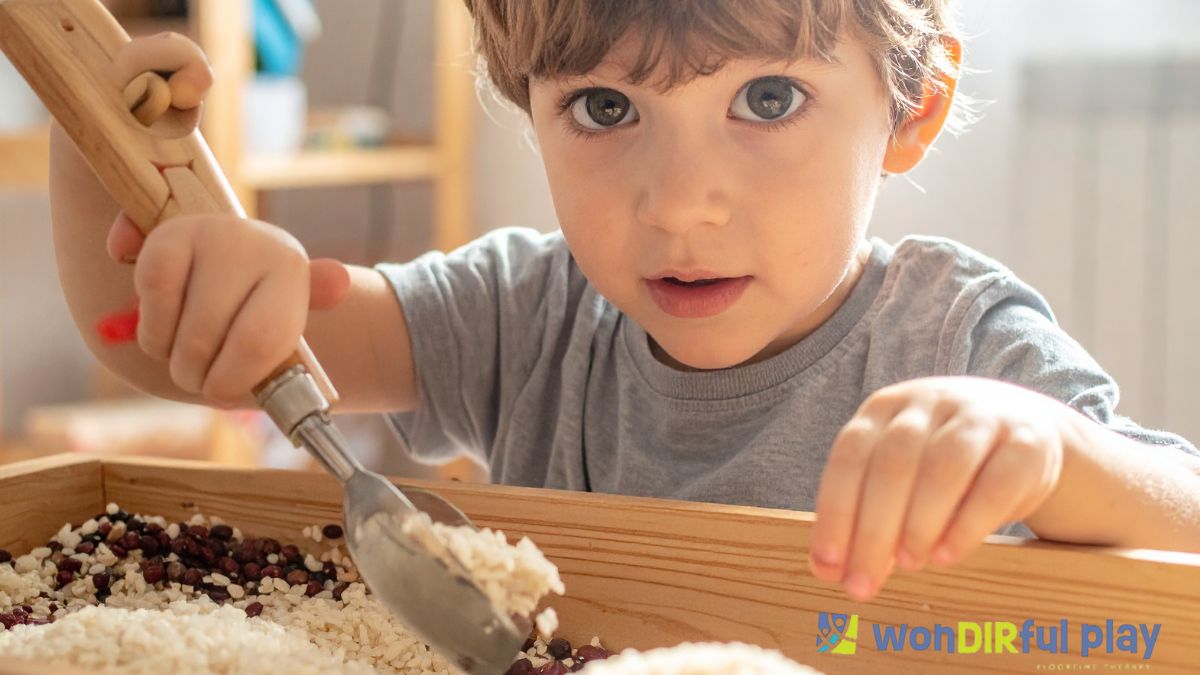
-ink.jpeg)
-ink.jpeg)
-ink.jpeg)
-ink.jpeg)
-ink.jpeg)
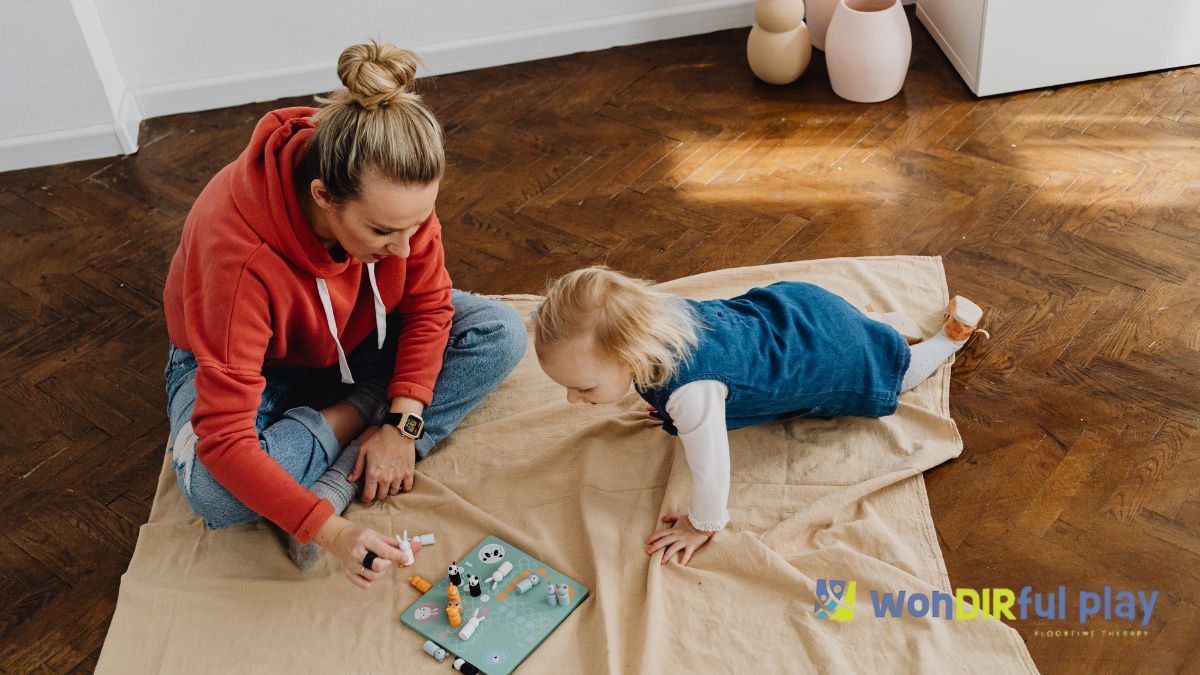
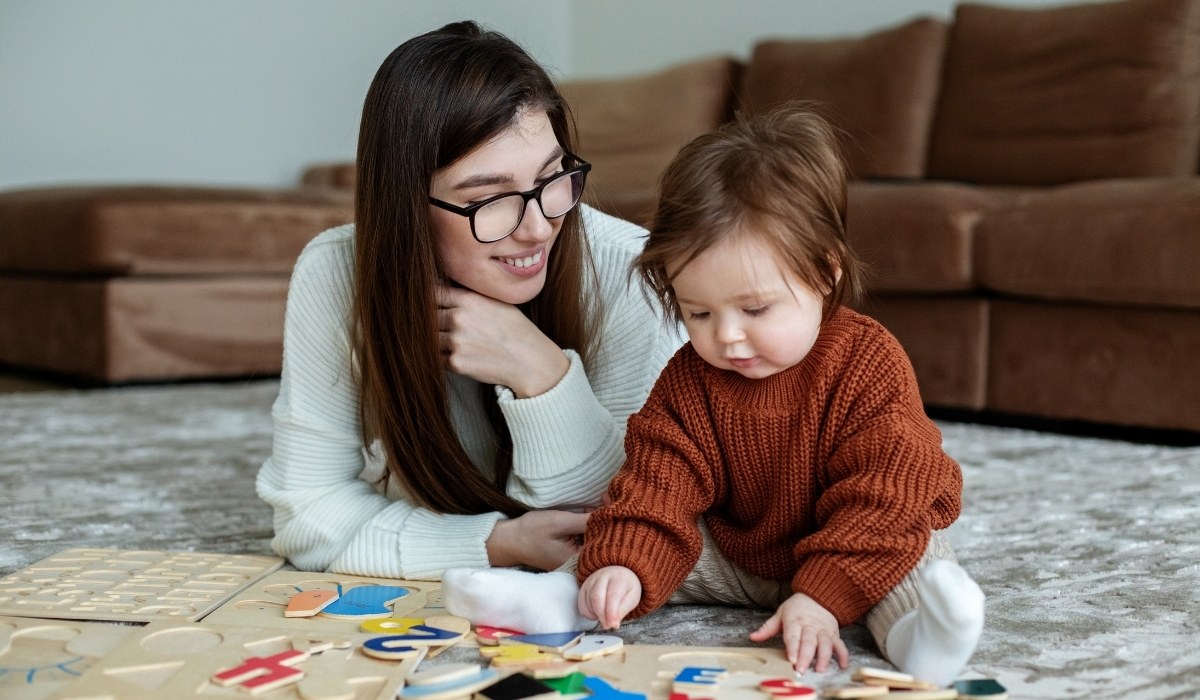
-ink.jpg)
-ink.jpeg)
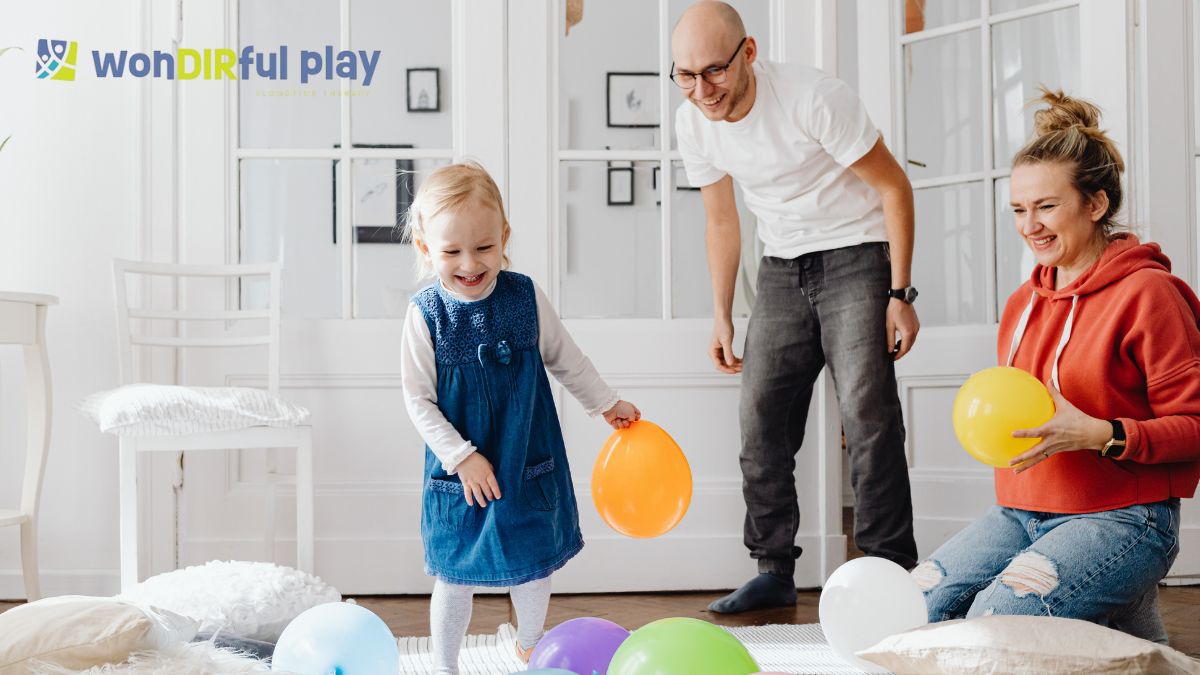
-ink.jpeg)
-ink.jpeg)
-ink.jpeg)
